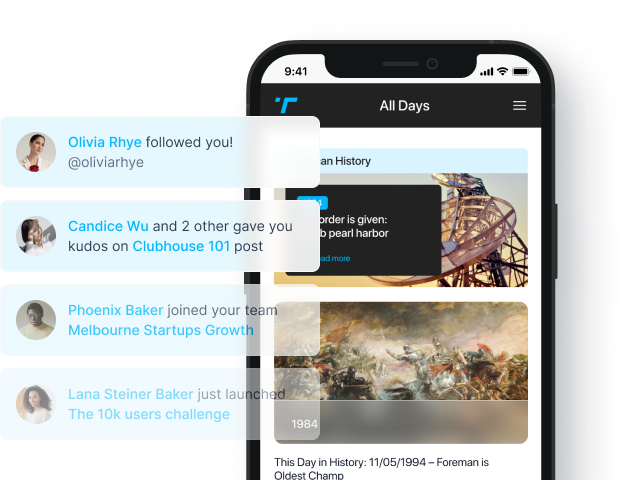Flashback to August 2
World History

Born in the heart of London, the Second Blackwall Tunnel has been an monumental example of urban infrastructure since its grand opening on August 2, 1967. Situated in the prime location of Greenwich, London, this under-river passageway offers a fascinating narrative with the capacity to illustrate the city’s growth and development. This event was more than merely an infrastructure development; it was a significant symbol of advancement, displaying the harmony of much-needed function and highly esteemed engineering.
Opening up new possibilities in the transportation sector, the Second Blackwall Tunnel sprang onto the scene amid London’s prospering growth. Being designed to accommodate the increasing traffic flow, it facilitated the rapid development of London’s crucial transport network, thus making transport more comfortable and efficient for locals and visitors alike.
Imagining the transportation scene in London without the presence of the two Blackwall Tunnels is, indeed, arduous. With a collective length stretching two kilometres beneath the River Thames, the tunnels alleviate the challenge of crossing the river, providing a quicker, more accessible road route. From a historical perspective, the Second Blackwall Tunnel was developed to complement the initial tunnel constructed in 1897, amplifying its effect by accommodating southbound vehicles while the first takes care of the northbound vehicular traffic.
A leading light in the realm of civil engineering and design, the Second Blackwall Tunnel was designed by City Architect Harley Heckford. His design made it possible to surpass a multitude of challenges commonly associated with constructing underwater tunnels – a testament to the brilliance of London’s infrastructure during this period. The tunnel, therefore, stands as a relic of the past, embodying the 1960s spirit of architectural conquest.
The opening event of the Second Blackwall Tunnel was indeed memorable and historically crucial. The then-minister of Transport, Barbara Castle, added a measure of prestige to the event, marking the significance it held in improving traffic flow through Greenwich and London overall. The date of August 2, 1967, has since been etched in the minds of Londoners, marking the beginning of an era of enhanced connectivity and seamless transportation.
Utilising the Second Blackwall Tunnel significantly eases access to and from the vibrant area of Greenwich. Famous for its rich history, stunning architecture, and the prime meridian line, Greenwich is synonymous with so much more than its fan-favourite attritions such as the iconic Cutty Sark and the Royal Observatory. The well-functioning tunnel system also enables locals and tourists to enjoy the surrounding areas, including the University of Greenwich and Greenwich Park.
The Second Blackwall Tunnel is, undeniable, an instrumental part of Greenwich’s and London’s overall landscape. From its considerable assistance in mitigating traffic congestion to its role in connecting the north and south of the river – the tunnel’s significance cannot be understated. It fundamentally interrupts the pattern of traffic flow, making travel more convenient and, in turn, supporting local businesses and tourism.
On top of serving practicality, the Second Blackwall Tunnel has played a more cultural role too. It has been the subject of various artistic exploits and has consistently found a place within literary contexts, adding a layer of cultural resonance to its tangible function.
All in all, the opening of the Second Blackwall Tunnel in Greenwich, London, back in 1967 was not simply an event; it was the start of a new chapter in the city’s journey. It has continued to serve generations of Londoners, proving its mettle and indispensability time after time. Reflecting London’s enduring spirit, the Second Blackwall Tunnel stands as a testament to how function can meet design in the most constructive of ways.
We strive for accuracy. If you see something that doesn't look right, click here to contact us!
Sponsored Content

John VIII Xiphilinus theologian/patriarch…
The renowned theologian and…

Australian ski instructor Stuart…
On August 2nd, 1997,…

The second Blackwall Tunnel…
Commemorating a key moment…

In South Sudan, at…
In a devastating incident…

Saint Stephen I ends…
Celebrating the end of…

Air France Flight 358…
Surviving a Miracle: Air…

